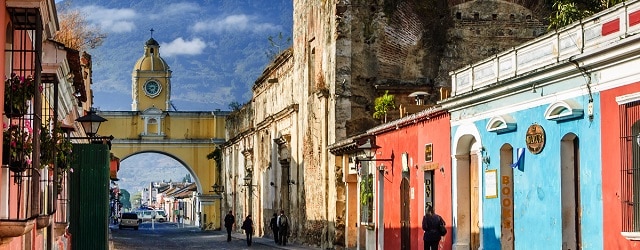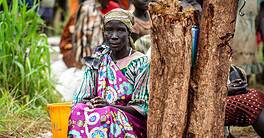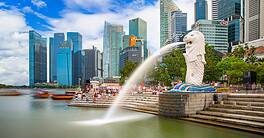Guatemala continues to expand amid social tensions, crime and COVID-19.

The largest and most stable of the three Northern Triangle countries of Central America, Guatemala is expected to grow above 3% in 2020 for the third consecutive year, thanks to continued financial support from the US and multilateral lenders, migrant remittances, low prices for imported oil, to name a few reasons. However, a new right-of-center government in power since January, new migration agreements with the US, social tensions and crime—not to mention coronavirus, clouds the prospects for 2020.
“Guatemala has the highest growth rate of the three countries in the region, partly because of the country’s fight against corruption in the past few years,” says Mélina London, a Ph.D. fellow and economist at French credit insurer Coface.
Much of the work on that front was performed by the United Nations’ International Commission Against Impunity in Guatemala (CICIG is its Spanish acronym) from 2006 to 2019, when the group was expelled from the country by former president Jimmy Morales. The CICIG investigated government ties and campaign finance linked to drug trafficking. CICIG’s expulsion triggered an institutional crisis, but the group’s work managed to make an impact.
According to Guatemalan economist Samuel Perez, a former consultant for the World Bank and the UN’s Development Program, CICIG’s work created stability in the country that attracted more FDI despite the high levels of corruption and drug trafficking money in politics. Perez, who is also an economics professor at Lester B. Pearson College of the Pacific in Canada’s British Columbia, says there are opportunities for FDI in areas related to agriculture, tourism infrastructure and services associated with a large, young workforce that is cheap, such as call centers.
Recent growth associated with the private construction sector for housing and retail accounts for 10% of the country’s gross domestic product (GDP), while non-specialized manufacturing generates roughly 17% of the country’s income. Both should remain steady in 2020.
The key drivers of growth in the short term are agricultural exports (coffee, sugar and bananas), along with maquila (greater employment of the low-skilled workforce), as well as a voluminous $10 billion in migrant remittances (roughly 14% of the GDP).
Guatemala shows good macroeconomic stability, with a conservative government favoring market rule and noninterference, a central bank with sound economic policies and foreign reserves of over $1 trillion—equivalent to eight to 10 months of imports. Yet, “while the macroeconomic fundamentals are good, we continue seeing fragility in fiscal revenues,” says Coface’s London.
Other uncertainties obscure Guatemala’s economic performance in the short term. President Alejandro Giammattei, who came to power in January, is aligned with the nation’s powerful elites and failed to engage the population, which remains apathetic and divided. With social tensions rising and 50% of the country composed of impoverished indigenous peoples, Guatemala remains a hub for international narcotics distribution, which increases criminality and corruption.
The country also faces the pressure of new immigration agreements with the US and is now considered a safe country for asylum seekers. Under the proposed terms, foreign nationals coming to the US will have to apply for asylum and wait for a decision there, a move that could put further strain on the country’s already ill-equipped social services infrastructure.
“Giammattei vowed to renegotiate [the new agreement]. However, Trump threatened to tax Guatemalans’ remittances in the US as a response, [which] drive private consumption and are already expected to grow less this year,” Perez stresses.
The current COVID-19 outbreak could see the country unable to cope with large numbers of infected people. Still, “Guatemala is not so heavily exposed to contagion as yet,” says Perez. “The effects of the coronavirus on the economy could be less extensive.”
Luckily, Guatemala isn’t heavily reliant on inbound tourism due to the country’s reputation as a place prone to crime and violence. Agricultural exports, incoming remittances and Chinese imports could be affected by the worldwide economic downturn. However, the ability of the country to withstand external shocks with its reserves should soften the impact it feels in the short term.



